This feels weird because I don’t think my gravy is anything special but several have asked how I make it, based on this picture:
This afternoon I made another batch of gravy so I could have pictures. It’s a tough job but somebody has to do it . . and now I get the benefit of having gravy tonight.
There are no real measurements but this should give you an idea so you can make it too.
Not all of those veggies are going into the gravy — about half of them will. We’re having prime rib tonight and tomorrow, I’ll make an open faced sandwich with sourdough bread, prime rib leftovers and the cooked veggies.
If I’m wanting mushrooms, peppers, onions or anything else in it, I slice all that up first. You don’t have to add any of that if you don’t want it. Sometimes we have just plain gravy.
The veggies are sauteed in butter and stuck aside til needed.
In south Louisiana, there’s a saying that everything starts with a roux. A roux is simply of an oil (in this case butter) mixed with equal parts flour. I started with about 2 tablespoons of butter and added about 2 tablespoons of flour. Nothing is exact. If it’s too dry, add a bit more butter. If there’s not enough flour, add a bit more.
Stir over low heat until the flour is as dark as you want it, being so very careful not to scorch the flour.
It was hard to get a decent picture but it was darker than it looks in this photo. It doesn’t matter a whole lot with the gravy . . it does matter when making gumbo.
Once the flour is as dark as you want it, for this amount of butter/flour, I added about 3 cups of warm water. If you add too much water, let it simmer til some of the water cooks off. If there isn’t enough water, add more. Also, if you have any pan drippings from your meat that you want to add, this is where you would do that.
Of course, you can start with as much butter and flour as you want . . just keep it to fairly equal amounts of each.
For this amount of gravy, I stirred in about 1-1/2 teaspoons of Better than Bouillon Beef Base. If you were making a poultry soup, use the chicken base.
Simmer and stir til the beef base is all dissolved and the gravy is as thick as you want. Season it to your tastes. You know what I add!
Add any veggies that you might want to add in.
This is basically how I start my soups and stews too – with a roux!

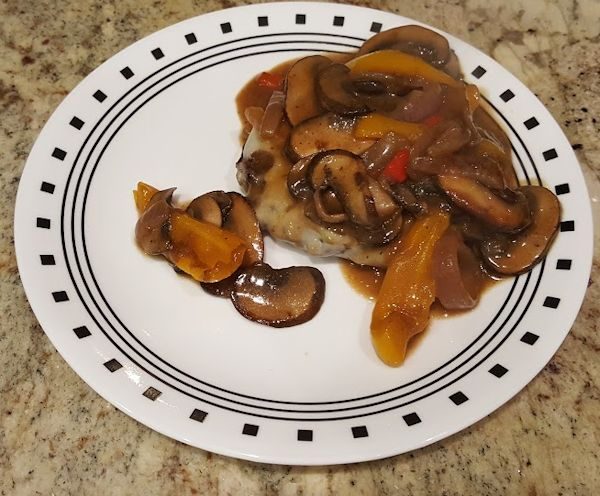
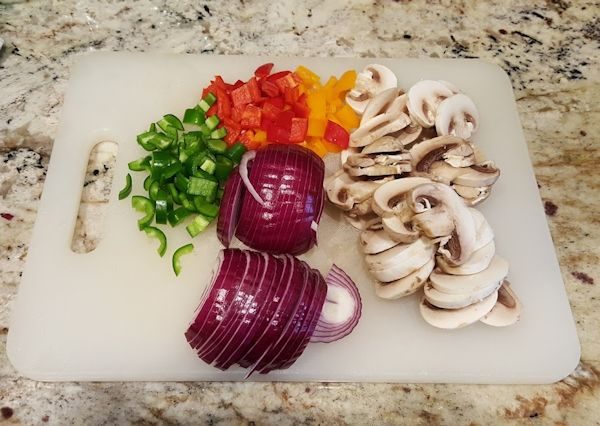

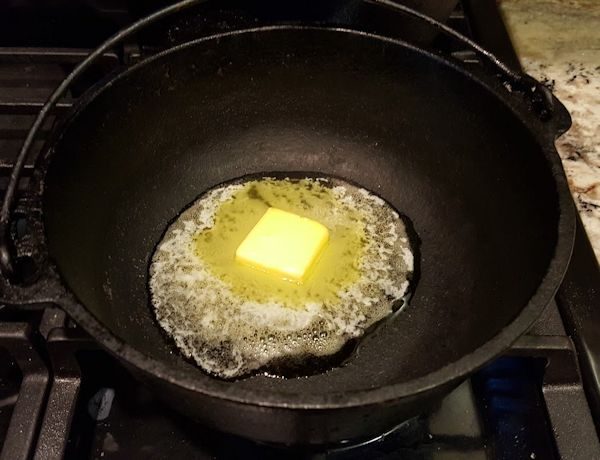
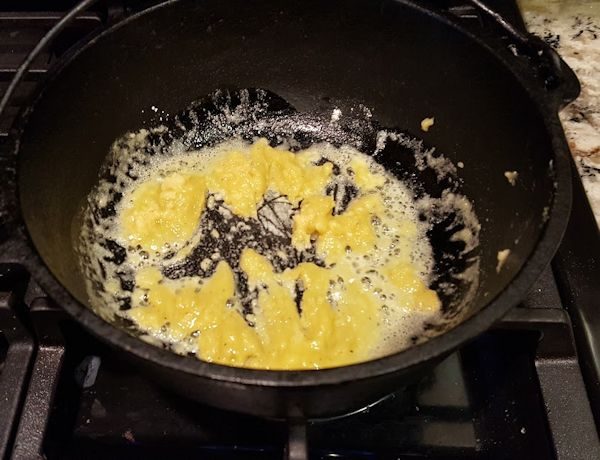
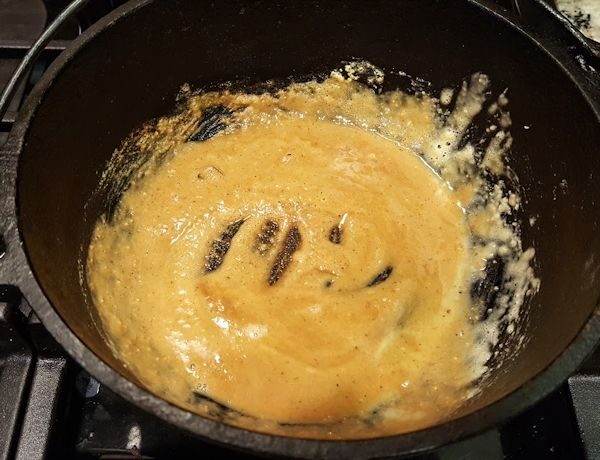

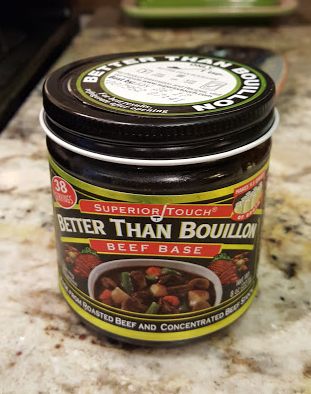
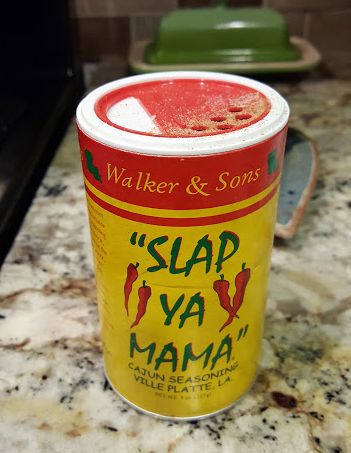
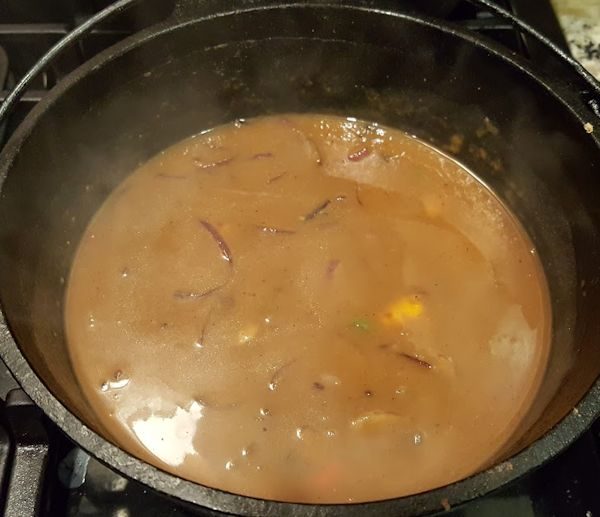
Teri says
Thanks for sharing your recipe Judy. The gravy looks easy and delicious. Do you have to order the “Slap ya Mama”? I’ve never seen it.
Stephani in N. TX says
In 7th grade we moved to a new town with a brand new junior high school, with wonderful facilities for home ec including cooking and sewing. The first cooking projects we undertook included making pinwheel cookies and then white sauce, both lifetime favorites. What we called white sauce could yield thin, medium or thick sauce depending on the water, or boullion, or meat juice to flour ratio. Little did I know that early on in cooking. leaning to do “white sauce” was really learning to make soup base, to gravy, to the fancy topping for Greek pastitso which is bechamel sauce. My father wondered why we weren’t taught something more useful in cooking, but he just didn’t know the secret cooking world opened to us. Basic white sauce, as you say can become soup, or gravy, or the baked goodness of bechamel, depending on cooking time or ingredients. I still do my turkey gravy starting with white sauce and ending with adding all that baked liquid goodness (degreased) from the roast turkey to have a whole potful of smooth brown gravy. It can become cream gravy in the South, or the Yankee brown gravy so good on mashed potatoes. Yum. Besides, I just loved home ec, whether cooking or sewing. Thanks for reminding me of times gone by.
Mary says
My gravy is very similar except I make it in the pan with the drippings from whatever meat I have cooked. If there is a large amount of broth, I just add a little water to my flour to make a paste, then stir that into the broth. My family loves gravy!
Ruth says
Hmm, I make my roux last, after the meat has cooked, and I’ve added the water and bouillon to it to soak off the cooked bits. So I have to add some of the hot liquid to the roux, and mix it well, or I will have white spots in my gravy when I stir it back into the pan.
For turkey gravy, I put cold water into a mason jar, about half full, then dump in about a third cup of flour and shake it thoroughly. Then stir that into the pan of drippings. My mother made it this way.
I remember making white sauce in home ec, but never thought to use it with drippings.
JudyL says
Since I have the allergy to most meats and the fats give me the worst problems, I can only use pan drippings from poultry.
Rebecca in SoCal says
I think I saw a TV program that talked of making roux-based sauces, and IIRC, longer cooking of the roux (making it darker) also made it stronger, with more thickening power. (And I had thought it was the ratio of flour and fat.)